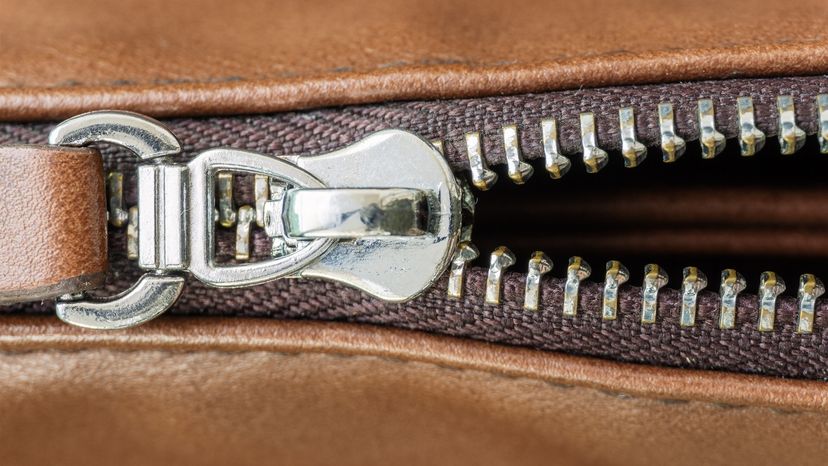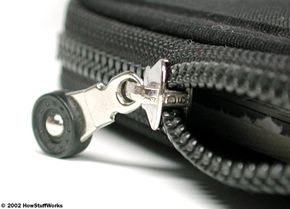
The zipper is one of the simplest machines of modern times and arguably one of the least essential, but it is an immeasurably useful device in our everyday lives. Think how much easier it is to close a pants fly, a suitcase, the back of a dress, a sleeping bag or a tent flap with a zipper than with buttons or cords. The zipper is so effective and reliable that in less than a hundred years, it has become the de facto fastener for thousands of different products.
In this article, we'll examine the various parts that make up a zipper and see how these components lock together so easily and securely. The system is ingenious in its simplicity.
Advertisement
